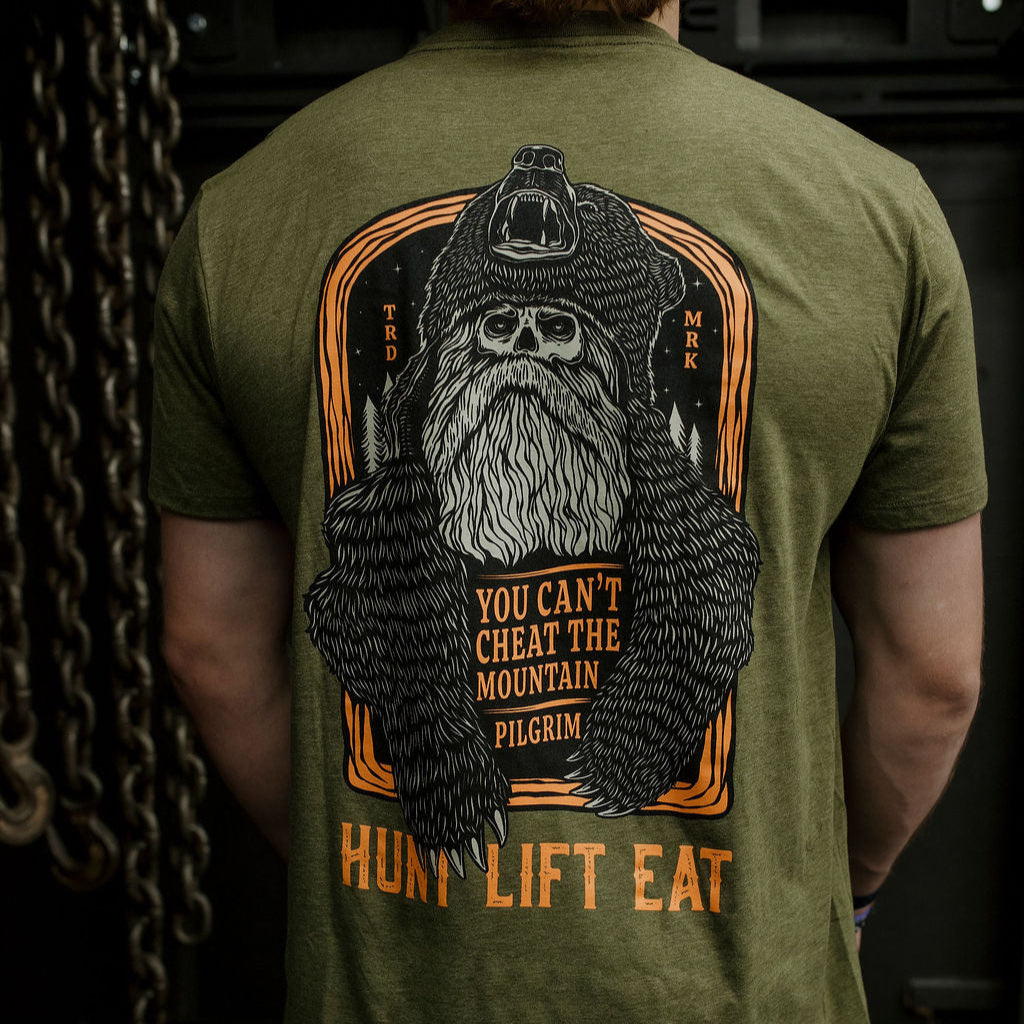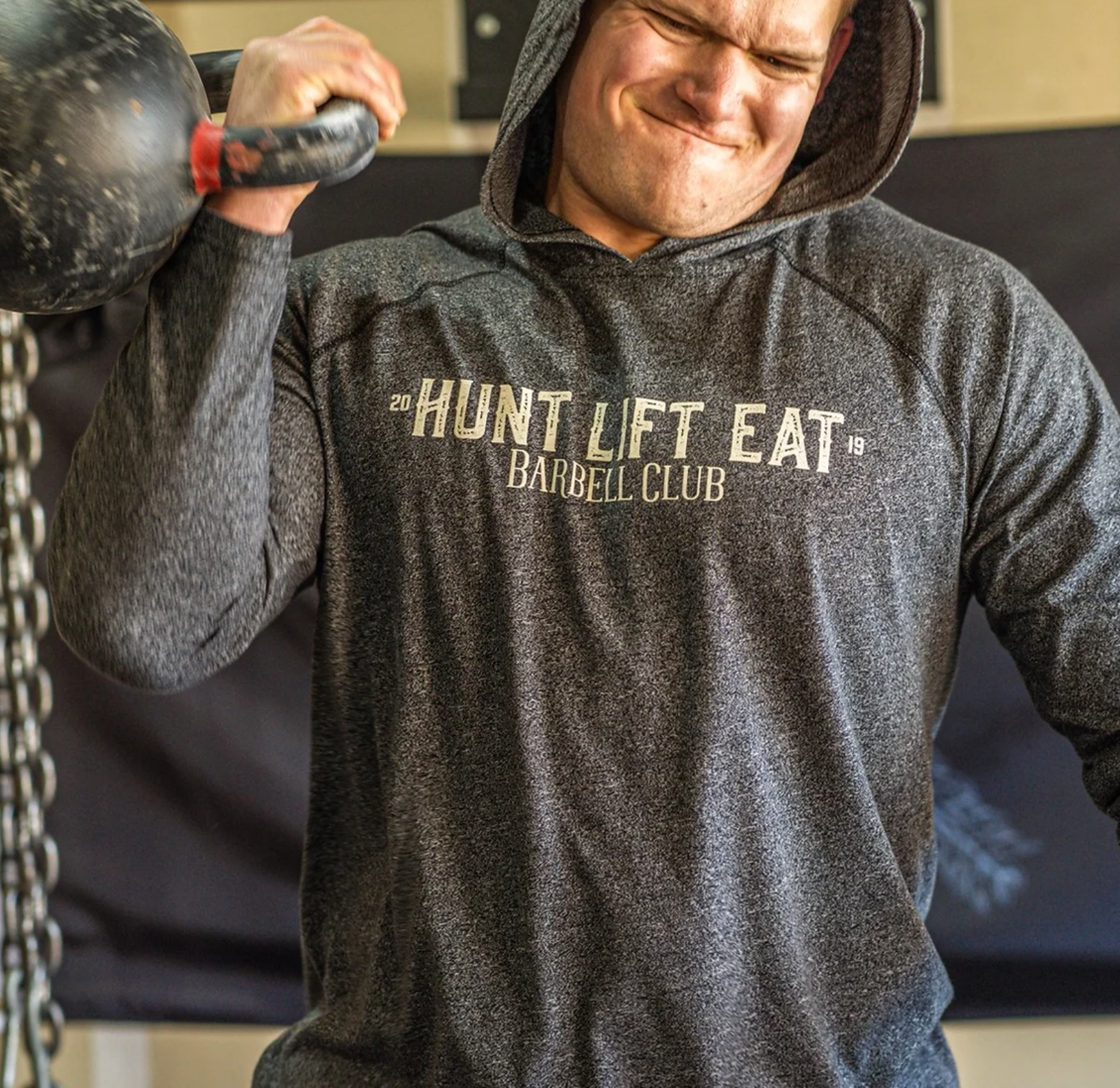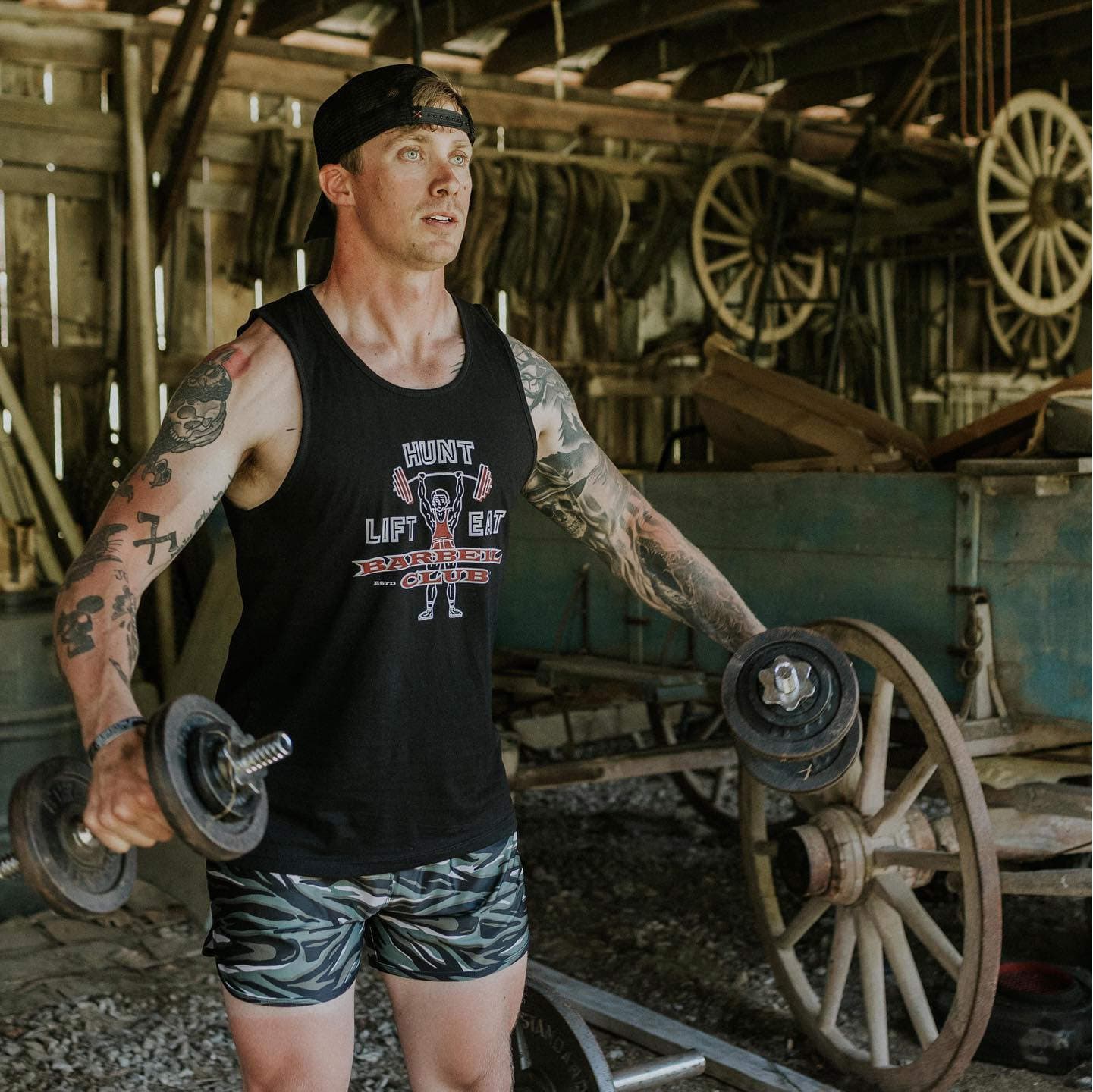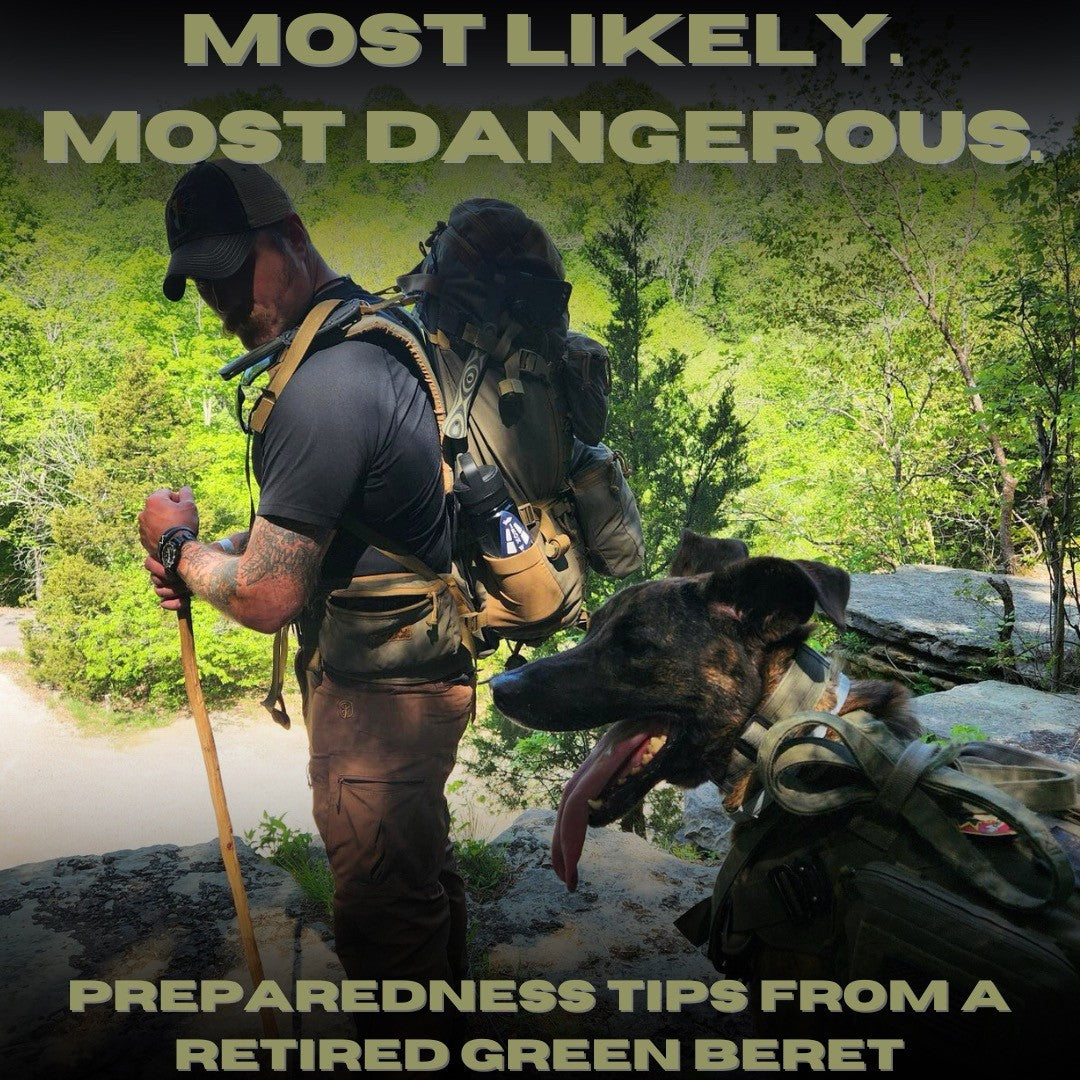This article was written by our Hunt Lift Eat Operations and Membership Coordinator Kerri McAllister. Upon graduating high school, Kerri joined the Army and spent his entire 20 plus year career in Fort Bragg, NC. He served as an Airborne Infantryman, Special Forces Weapons Sergeant, and a Special Forces Intelligence Sergeant. Kerri is a retired Green Beret and provides an unbelievable wealth of knowledge to the Hunt Lift Eat team and our readers.
Preparedness. That word means many things to many people and can conjure up images like the portly fellow in old surplus uniforms and a bunker full of baked beans and powdered milk to the tacticool cosplayer dressing as their favorite Special Operations Forces, because clearly one is better than the other. Neither one of those extremes are what I am talking about though. To me, preparedness is looking at what is in the realm of possibilities and how you can overcome certain obstacles that create emergent situations.
Before my team and I would depart on a deployment, we used to do a mission analysis. Covering everything from how I am going to get there and what will my living situation be to what are we trying to accomplish and what is standing in our way of accomplishing the things we set out to do at a macro level. From there, every operation we conducted we looked at those same things, but on a micro level. The enemy has a vote in everything we set out to do. In our daily lives, the enemy is present, and it has a vote. The enemy doesn’t always look like they are part of the Taliban or an ISIS fighter, but could be weather, negligence, service outages and a whole host of other situations. You may not be chasing High Value Targets in some foreign country, but you can still take lessons learned from the guys who did and apply them to your everyday life.
"Most Likely and Most Dangerous."
Most likely are the things you should be well versed in how to deal with, these are car troubles on a long road trip, whiteouts in certain locations or flash floods in others. Most likely can change from location to location and time of year, but prior planning can prevent bad situations from becoming catastrophic. Most dangerous are those situations where, if that happens, you’re probably pretty well f*#&ed. That’s horrific car wrecks, mass shootings, some feller in a small communist Asian country with bad hair fires nuclear missiles at us (ok that’s pretty extreme and may not be in the realm of possibilities). Barring a nuclear attack, you can still be prepared to at least have a fighting chance if worse case scenarios happen…with that, a mass shooting probably isn’t going to take place in thick timber while scouting for deer and so on.
How do I prepare. Each situation is different and requires different preparations. If you live in an area like Tornado Alley, it’s having a shelter to go to that is on a lower level or below ground with food, water, emergency radio, etc. to wait out a storm. If you do a lot of driving, have an emergency bag in your truck covering your basic survival needs like water, food, warmth and maybe backup clothing and footwear in case you must leave your vehicle and continue on foot.

Shelter system includes your clothing system, not just tents or tarps.
Maybe you are like me, and you spend more time in the wood line than you do on asphalt. For that, you will want to ensure you can regulate body heat through clothing, shelter and fire starting, have and be able to procure water, have and know how to find food, and finally, a way to and the knowledge of how to navigate to be able to make your way out.

Navigate, Hydrate, and pyrorate…well, be able to start a fire.
Again, every situation, location, time of year and activity will dictate what you should carry and know to ensure you are able to control those most likely to most dangerous situations. The one thing that should be included in any preparations, kits, vehicles etc. is a first aid kit. First aid kits will also vary on personal needs and skill level. Seek training, even if that’s some YouTube videos and you applying a tourniquet to yourself, however a professional instructor will always be preferred. Every single first aid kit needs to be able to stop the bleeding, both arterial and venous bleeds, puncture wounds, and lacerations. It should also be able to either support and brace limbs or neck, or at least give you the ability to make a makeshift splint, and any medications you or your family require. Being able to control an airway is a great addition to add to your kit such as a nasal pharyngeal. Ultimately carry what you know how to use.

Personal protection isn’t just firearms, it’s the knowledge of how handle/treat yourself in adverse conditions.
There is no clear-cut answer or a gear list but hopefully I have given enough for each person to consider their situations, form their own most likely and most dangerous and prepare thoroughly to handle those situations should they occur. Light weight, easy to carry and foolish not to. Build your own based off your most likely and most dangerous situations in your everyday life or your individual pursuits









Leave a comment
This site is protected by hCaptcha and the hCaptcha Privacy Policy and Terms of Service apply.